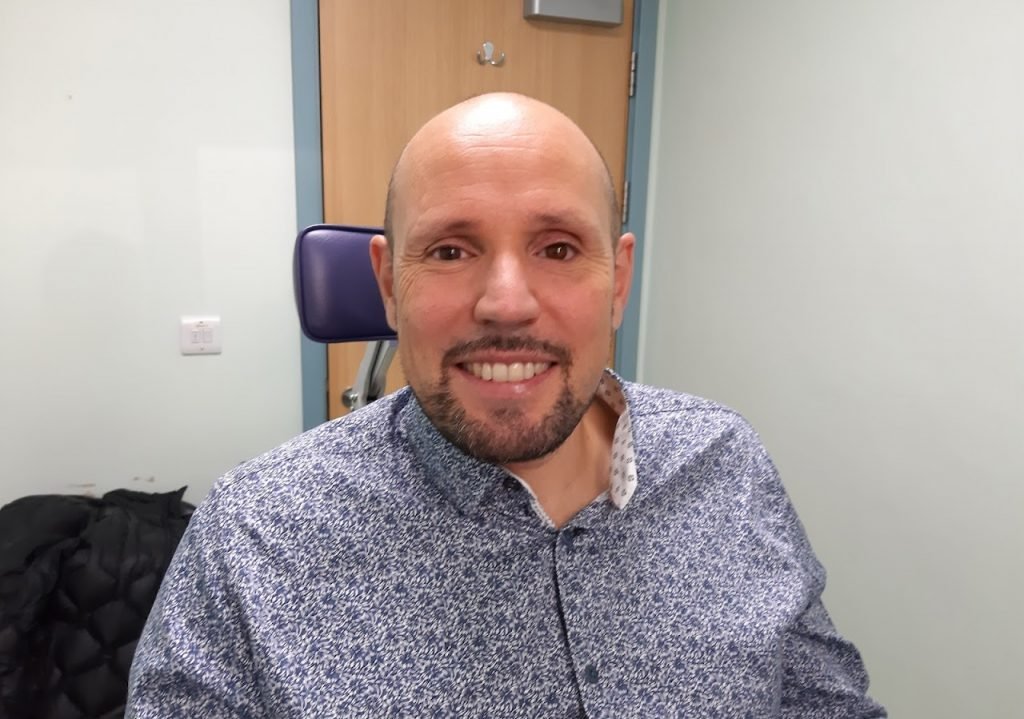Moorfields Eye Hospital will be the first in the world to supply a patient with a completely digitally created 3D printed eye. He first tried the eye with a traditionally made acrylic prosthetic on November 11. He goes home on November 25 as the first person to have this digitally scanned and printed prosthetic.

Image shows Steve Verge, owner of the world’s first 3D printed eye
Steve Verges, an engineer in his 40s from Hackney, is the first to take home a fully digital prosthetic eye with him. “I’ve needed a prosthesis since I was 20, and I’ve always felt self-conscious about it. I often take a second look in the mirror when I leave my house, and what I I didn’t like it. This new eye looks great and being based on 3D digital printing technology, it’s only going to get better and better”, said Steve.
This new 3D printing process avoids the invasive process of molding eye sockets. This can be so hard with children that they need general anaesthetic to get through it.

People wear artificial eyes if the eye has not developed normally from birth, if there has been an accident that has damaged the eye or if the eye has to be removed due to any other reason. Usually they wait for four to five months for the process to start, but currently the wait is long as there is back log after the lock down, this new development can reduce the waiting time.
Every eye socket is unique. The manufacturing process, which is currently hand-painted, involves several steps and takes about six weeks to complete. With a printed prosthesis, manufacturing time is cut in half.
The patient’s eyes are scanned, and the software maps a 3D model of their eye socket to the printer. It also scans their fine eye to ensure an exact match. The files are transferred to a 3D printer in Germany, where it is printed within 2.5 hours, and the eye is then sent to a Moorfield ocularist (someone who makes and fits artificial eyes) to finish, polish, and fit. is sent for. The whole process takes just two to three weeks.
Professor Mandeep Sagoo – Clinical Lead at Moorfields Eye Hospital for the trial of the new prosthetic eye and Professor of Ophthalmology and Ocular Oncology at UCL – said: “We are excited about the potential of this fully digital prosthetic eye. We hope That the upcoming clinical trial will provide us with strong evidence about the value of this new technology shows the difference it makes for patients. It clearly has the potential to reduce waiting lists.”
The new printed eye is a true ‘biomimetic’ (meaning it is based on nature), and more realistic than the alternative, with clear definition and true depth to the pupil. The way light travels through the full depth of the printed eye is much more natural than current prosthetics, in which the iris is hand-painted onto a disc embedded in the eye, preventing light from going through the full depth of the eye. stops.
Curtsy NHIR

